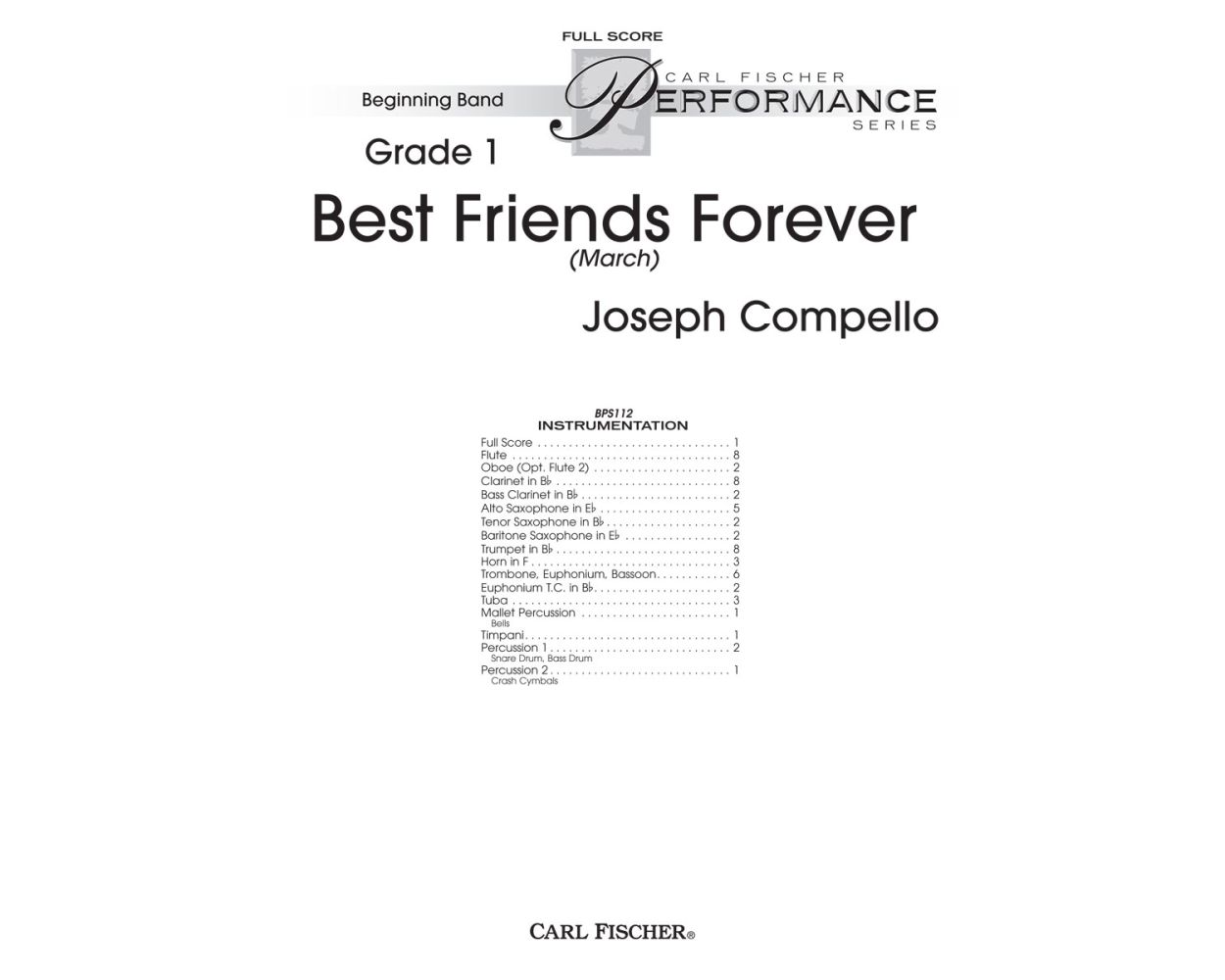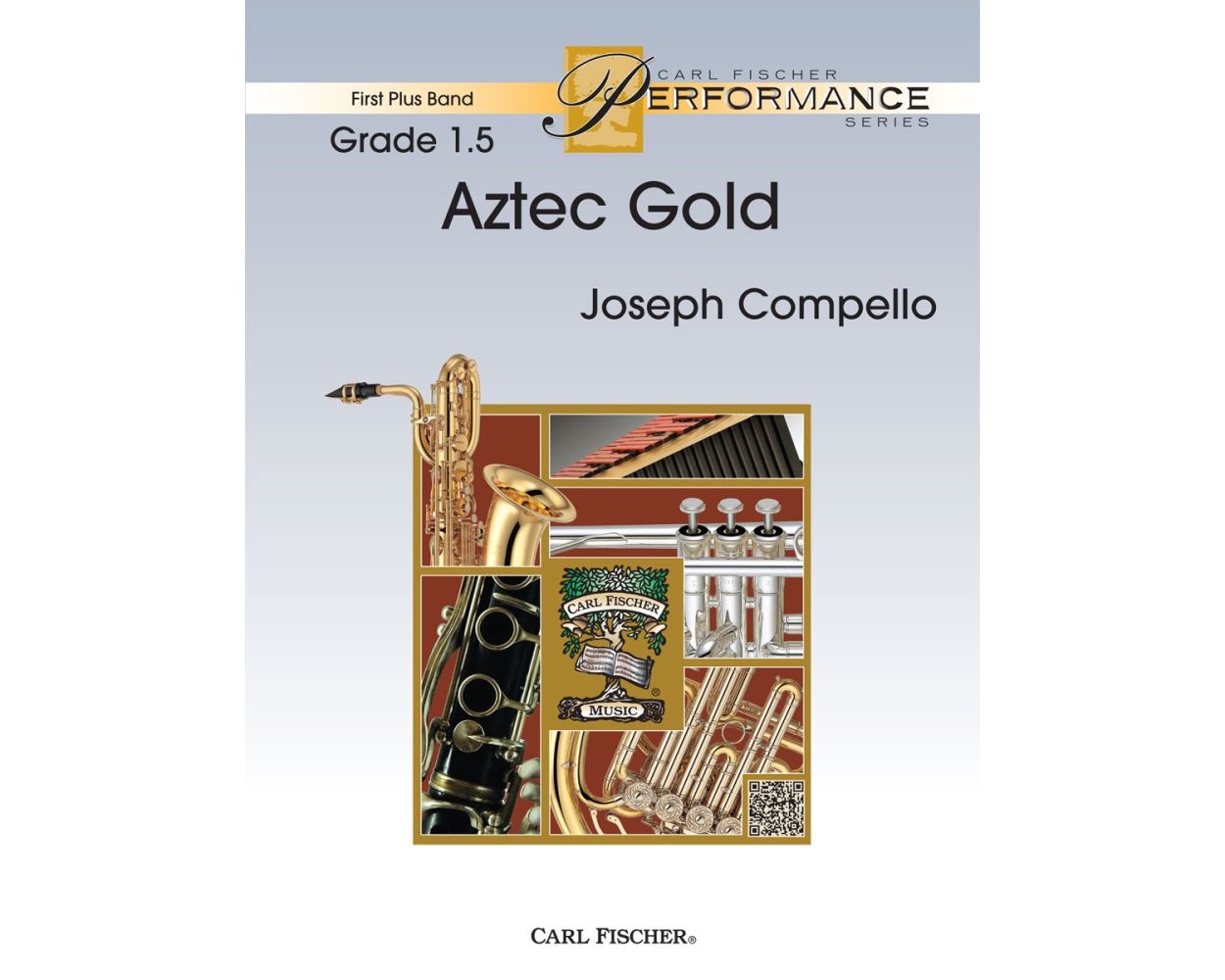Results
-
£117.00
-
£89.00
Spartacus Gods Of The Arena - Joseph LoDuca - Michal Worek
Estimated dispatch 10-14 working days
-
£108.00
St. Anthony Choral - Franz Joseph Haydn - Jérôme Naulais
Estimated dispatch 10-14 working days
-
£117.00
Zigeunertanz - Joseph Hellmesberger - John Glenesk Mortimer
Gipsy Dance / Danza Gitana / Die Perle von Iberien
Estimated dispatch 10-14 working days
-
£70.99
A Haydn's Melody - Joseph Haydn - Steve Cortland
Estimated dispatch 10-14 working days
-
£70.99
Haydn's Surprise Party! - Joseph Haydn - Johny Ocean
Estimated dispatch 10-14 working days
-
£70.99
We Are Young - Nathaniel Joseph Ruess, Jeffrey Bhasker, Andrew Dost & Jack Michael Antonoff - Steve Cortland
Estimated dispatch 10-14 working days
-
 £53.00
£53.00Paradigm Shift
Paradigm Shift is an energetic and aggressive concert selection that will amp up your band's confidence and wow any audience. Written for bands with at least one year's training, this piece is also sophisticated enough for groups with more experience. Students will have the opportunity to work on articulation, phrasing, and changing rhythms. Joseph Compello has done it again with this piece designed to make your ensemble sound great!
Estimated dispatch 12-14 working days
-
 £42.00
£42.00Best Friends Forever
Joseph Compello's Best Friends Foreverderives its titlefrom the phrase popularized in social media and frequently texted with the acronym "BFF." This is a strong and tuneful march in standard form for beginning bands. The composer draws on his many years of teaching to provide a well-written march that will make students sound great!
Estimated dispatch 12-14 working days
-
 £49.00
£49.00Aztec Gold
Aztec Goldisan excellent concert opener for a developingband.Composer Joseph Compello, known for writing very intriguing music for younger students, draws from his many years of experience as a teacher. This piece is a great opportunity for cross-curricular instruction with a school's history department.Aztec Gold is also a perfectselection to highlight a band's strengths in a contest or festival performance.
Estimated dispatch 12-14 working days
